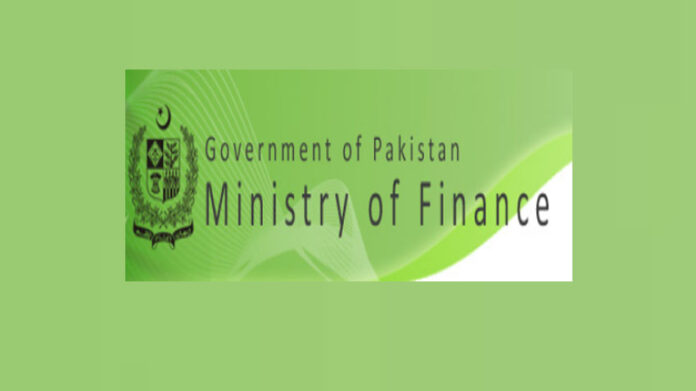The Ministry of Finance has adjusted its funding strategy, opting for staggered releases of federal funds for development and recurrent expenditures to ensure compliance with the IMF’s fiscal surplus targets.
According to a news report, under the new policy, the distribution of funds for approved development projects through the Ministry of Planning, Development and Special Initiatives will see significant changes this fiscal year.
For the current fiscal year, only 15% of the funds for development projects will be released in the first quarter (July-September), with subsequent increases to 20% in the second quarter (October-December), 25% in the third quarter (January-March), and 40% in the final quarter (April-June).
This approach is part of a broader $7 billion bailout agreement with the IMF, under which Pakistan has committed to maintaining a general government primary surplus of 1% of GDP (2% in headline terms).
Previously, the PTI government had modified the budget release process to enable faster disbursements, allocating 20% in the first quarter, followed by 30% in both the second and third quarters and the final 20% in the last quarter.
Before the PTI’s tenure, 40% of development funds were typically released in the first half of the fiscal year, with the remaining 60% disbursed equally over the following two quarters.
Recurring conflicts between the finance and planning ministries over the years have led to frequent changes in the disbursement mechanism. Most recently, the Ministry of Finance revised the policy again last year to meet the IMF’s fiscal targets, resulting in a significant reduction of development expenditures for the fiscal year 2023-24.
Amidst ongoing tensions, the Ministry of Finance has issued new guidelines, maintaining tight control over disbursements to allow for potential expenditure reductions later in the fiscal year if revenue collections fall short.
Similarly, the recurrent budget for divisions and various government bodies will follow a graduated release: 20% for the first quarter, 25% each for the second and third quarters, and 30% for the final quarter.




